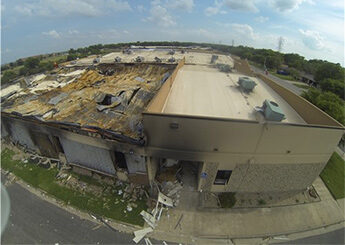OSHA: PSM standard exemption applies only to small retail establishments

Washington – Large facilities that store and sell chemicals may no longer be exempt from OSHA’s Process Safety Management Standard, the agency announced July 22 in a revised interpretation of its rules.
The change came about partly in an attempt to close a policy gap brought to light by a deadly 2013 explosion at a West Texas Fertilizer Co. facility in West, TX. The company, which possessed more than 50,000 pounds of ammonium nitrate that later exploded and killed 15 people, believed it did not need to comply with aspects of the standard because the product was sold to farmers.
This belief stems from an OSHA interpretation of retail facilities stating that employers selling more than half of their highly hazardous chemical products to farmers qualify for an exemption. However, this exemption was originally intended for retail establishments such as gasoline stations that sell hazardous chemicals in small quantities.
In the new interpretation, the exemption now will apply only to retail trade facilities with the North American Industry Classification System codes of 44 and 45. These facilities include hardware stores, office supply stores or automotive dealers.
For the next six months, OSHA plans to engage in outreach activities to educate and assist affected employers. During this time period, the agency will exercise “enforcement discretion” and refrain from citing PSM standard violations at facilities that had previously been considered exempt from the rule.
UPDATE: The original version of this story incorrectly stated that anhydrous ammonia exploded at the West Texas facility. The chemical compound that exploded was ammonium nitrate. Safety+Health regrets the error.
UPDATE 2: This brief orginally said an OSHA interpretation letter stated that facilities selling 75 percent of their anhydrous ammonia products to farmers qualifed for an exemption. The interpretation exempted retail facilities that sold more than 50 percent of highly hazardous chemicals – not 75 percent. Safety+Health regrets the error.

